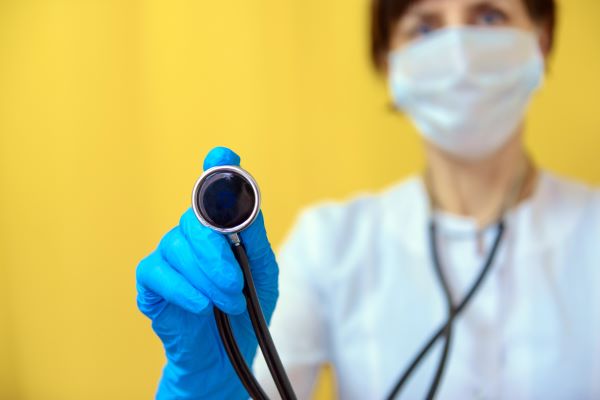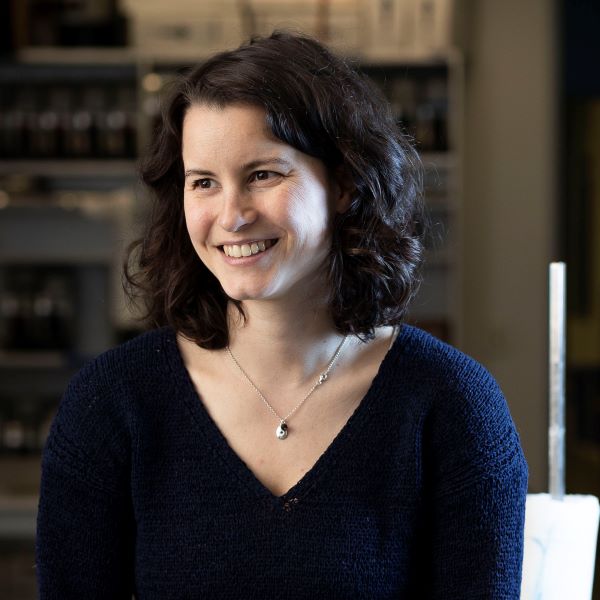How paediatric research moves from idea to development
A researcher becomes interested in something. They study it, do a trial, have a breakthrough and publish the results. That’s how research works.
Except it’s not that simple.
Paediatric research takes place within a regulatory, ethical and financial framework. If all these things aren’t in place first, the research doesn’t happen.
Take the research at the Kids Cancer Centre (KCC) at Sydney Children’s Hospital, where “we believe in giving children with cancer tomorrow’s care today,” according to director Professor Tracey O’Brien.
An important part of the Centre’s work involves enrolling children in clinical trials. “Around 40-50% of kids will be on a clinical trial,” says Prof O’Brien, explaining the goal of these trials is to answer a specific medical question, from comparing one treatment with another to testing an experimental drug.
Studies can’t be done purely for scientific interest but must be in the best interest of the patients. They also must be embedded in other programs, from behavioural science studies that look at the psychosocial and educational impacts of care, to programs whose aim is to preserve the fertility of children undergoing chemotherapy. In other words, they must “change models of care holistically, and not just concentrate on therapies,” says Prof O’Brien.

The ripple effects
Prof O’Brien is involved in a trial called PREDICT, funded through NSW Health, which is run across the Kids Cancer Centre and the Children’s Cancer Research Institute. It builds on the work of the Zero Childhood Cancer Program which demonstrated that 16% of children with aggressive cancers also had a genetic predisposition for cancer. “We’re doing a pilot trial, looking at all newly-diagnosed children with cancer and their genetic risk,” says Prof O’Brien. “It will help us personalise their therapy and help us to have risk reduction and lifestyle strategies.”
Genomic medicine is so cutting edge that a whole new group of professionals had to be developed to take advantage of it, created and nurtured by the independent Children’s Cancer Research Institute. “In this project, bio-informatics and curation scientists are incredibly important,” says Prof O’Brien. “But they didn’t exist – we had to develop that skill and put that person in.”
Doing a deep dive into the genome is sensitive work. “We have ethics and psychosocial aspects built into it,” says Prof O’Brien. “We’re actually co-designing it with parents who have been through it. Do they want this information? What’s the impact? We need to consider the implications.”
Then there’s the question of funding.
Prof O’Brien says that before beginning any research, “you have to build your business case. It starts with a great idea and a great value proposition, and having all your partners aligned,” in order to attract not only state and federal funding, but philanthropy as well.
It sounds strange to talk about businesses cases when it comes to cancer – but every breakthrough means less future money is spent on expensive drugs and treatments. “There has to be thought given to how, if proven, the new model of care you are researching can become business as usual in the health system,” she says.
Researchers almost universally say that raising funds is the hardest part of their job – even though good research can not only save money, but sometimes generate it.

Image courtesy of the Children’s Hospital at Westmead
Developing devices
Now, the Group Leader of the EPIC Lab at the Children’s Hospital at Westmead, Dr Tegan Cheng says she loves bones.
A biomedical engineer by training, she spent her Honours year in the orthopaedic lab of Professor David Little and loved it so much she stayed on for her PhD. “Now I work on the development of medical devices for children.”
These might be anything from devices that help fix a deformity, to something that can help keep a bone in place. The need is vast, says Dr Cheng, because surgeons are currently improvising by bending adult devices to fit or using other sub-optimal solutions. Unfortunately, the paediatric market is too small for many companies to service, being just a fraction of the medical devices market. It’s also a complicated market, because so many different sizes are needed and implants must be flexible to cope with growth spurts. “These devices can be expensive to put in and expensive to revise,” she says. “This means more time in hospital for the kids.”
Dr Cheng says the rise of 3D printing has made it possible to produce and test multiple devices in a shortened time frame. Along with Prof Little, Dr Cheng works with a research assistant who is expert in 3D modelling to create devices.
If the team believe they have created something novel and useful, the next step is to file an invention disclosure with an intellectual property team who may send it to a lawyer to see if it can be patented. If it is “we may start approaching companies to see if they are interested in licensing the technology”.
Any royalties from the sale of the device are split between the company, NSW Health and the lab that developed it. Some money also goes to the IP committee to fund future projects.
Looking ahead
Most paediatric research however, won’t bear this kind of financial fruit – its success is measured in lives prolonged and saved.
PREDICT, says Prof O’Brien, is “incredibly exciting. It’s looking at what the genetic risk of children is – screening for their future follow up, but also for their siblings. Ultimately, we hope that this early research may provide the building blocks into the future, so one day we can prevent cancer – or diagnose it before it happens.”
The next stage is for researchers and clinicians to move out of their silos. “Our next step is to build a truly comprehensive cancer centre and get rid of the division between research and care.” Prof O’Brien says funding from the NSW and Federal governments, plus the hospital partnerships with the Children’s Cancer Research Institute, is helping make that happen. “We’re bringing everyone under the same roof and changing the way that paediatric cancer medicine is done – we’ll get rid of that division between research and care and make it about research-driven care.”
In other words, bringing the medicine, science, research and administration together – which is how the breakthroughs happen – while keeping the children at the centre of everything.
Updated 3 years ago